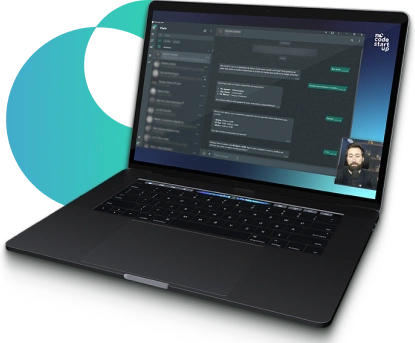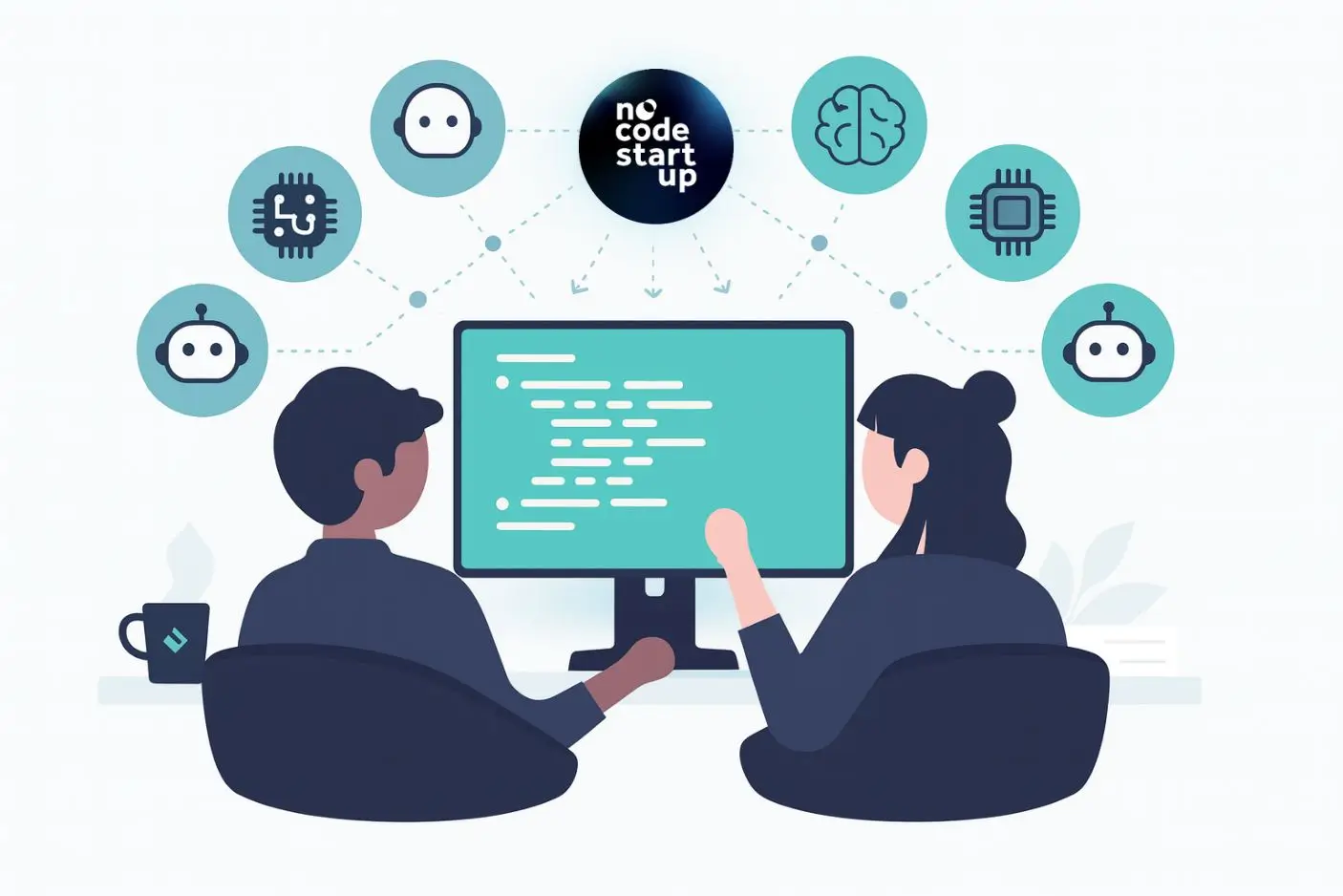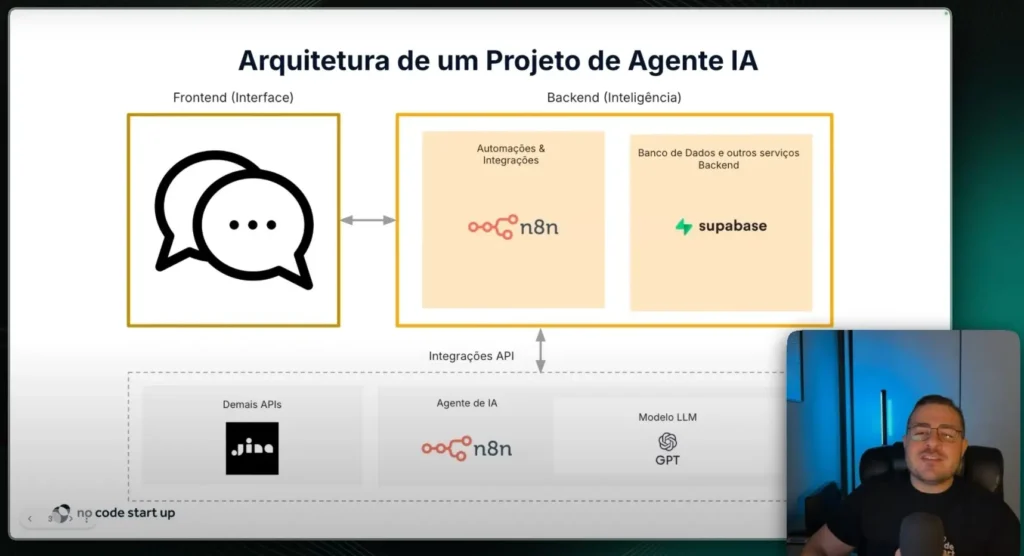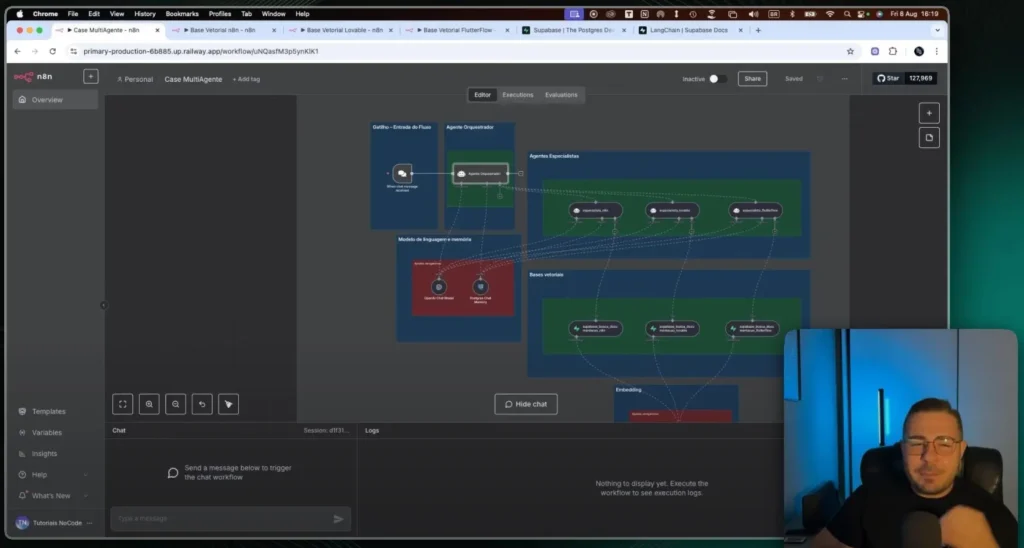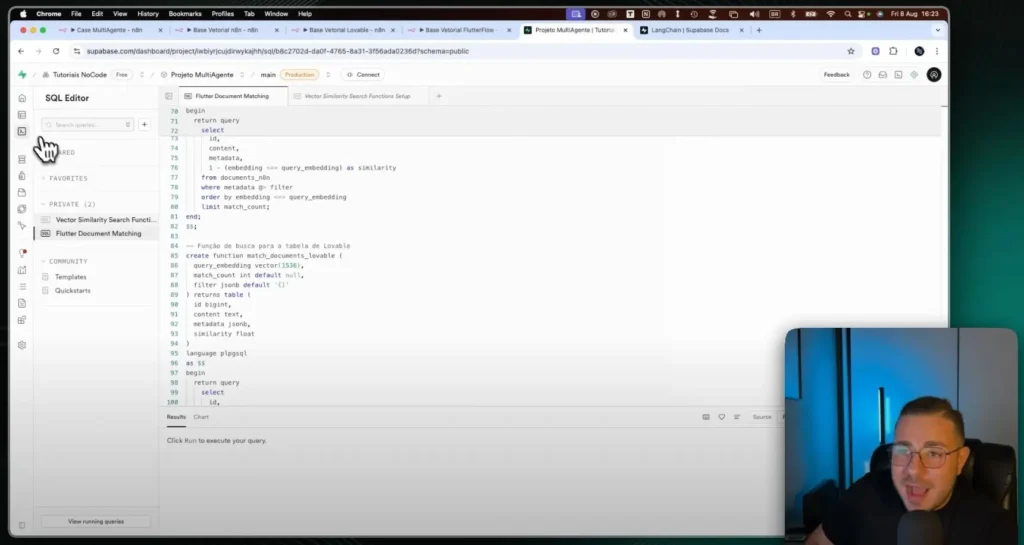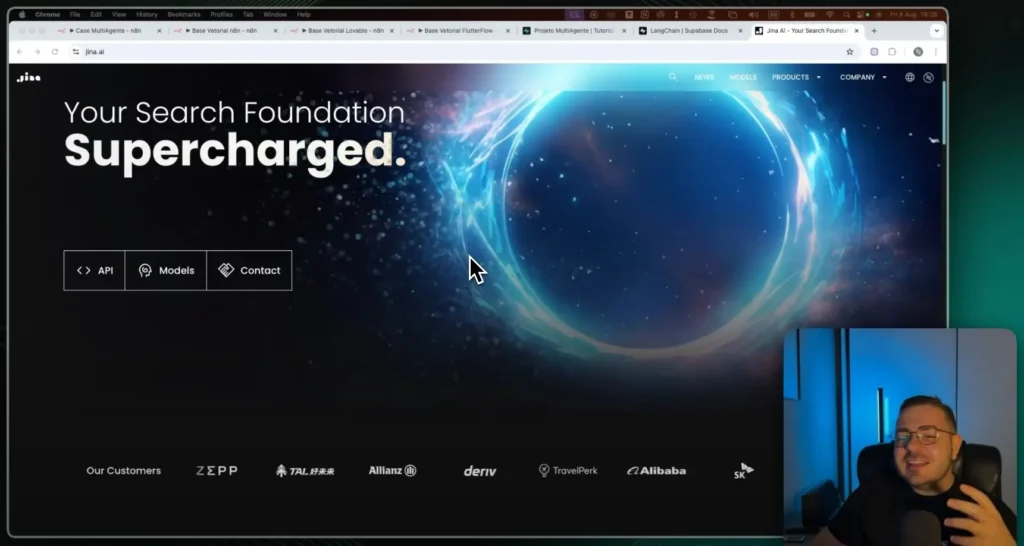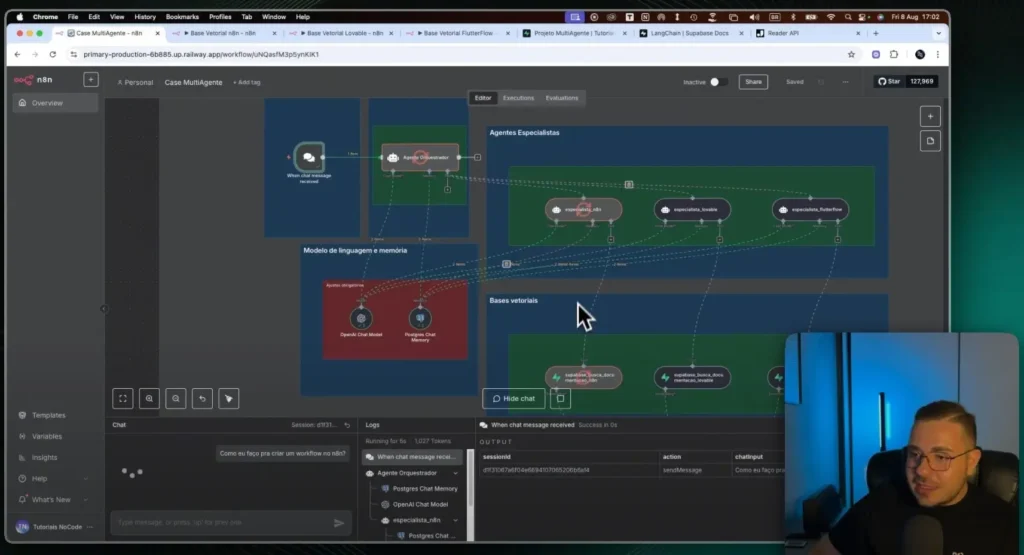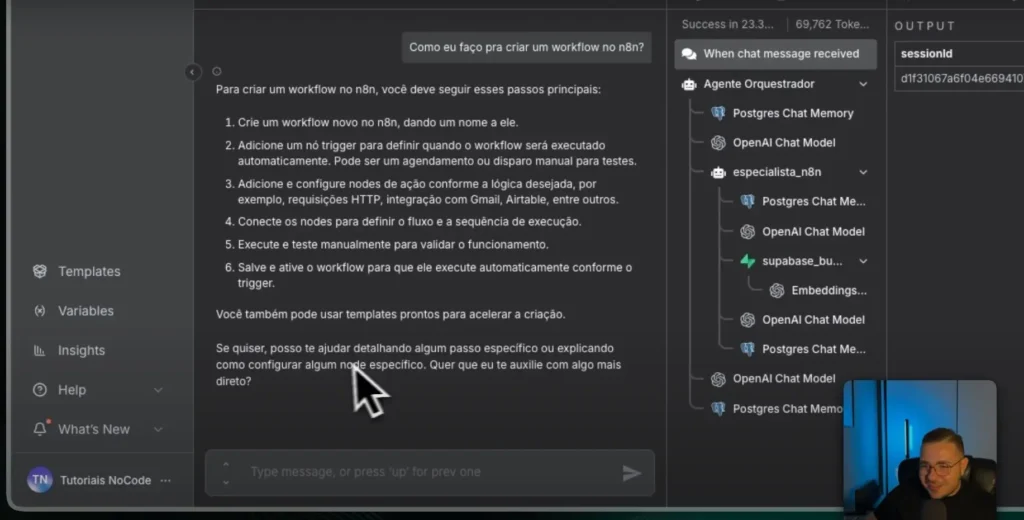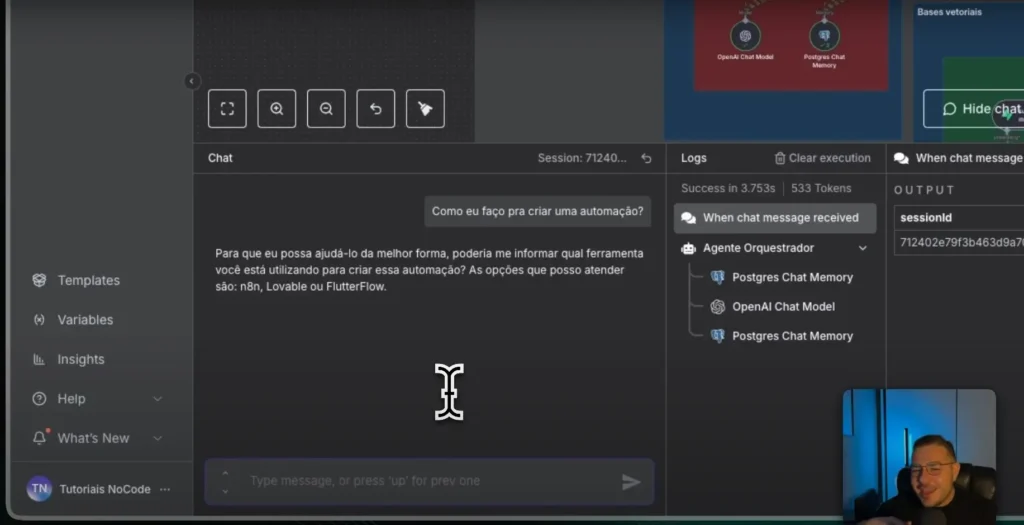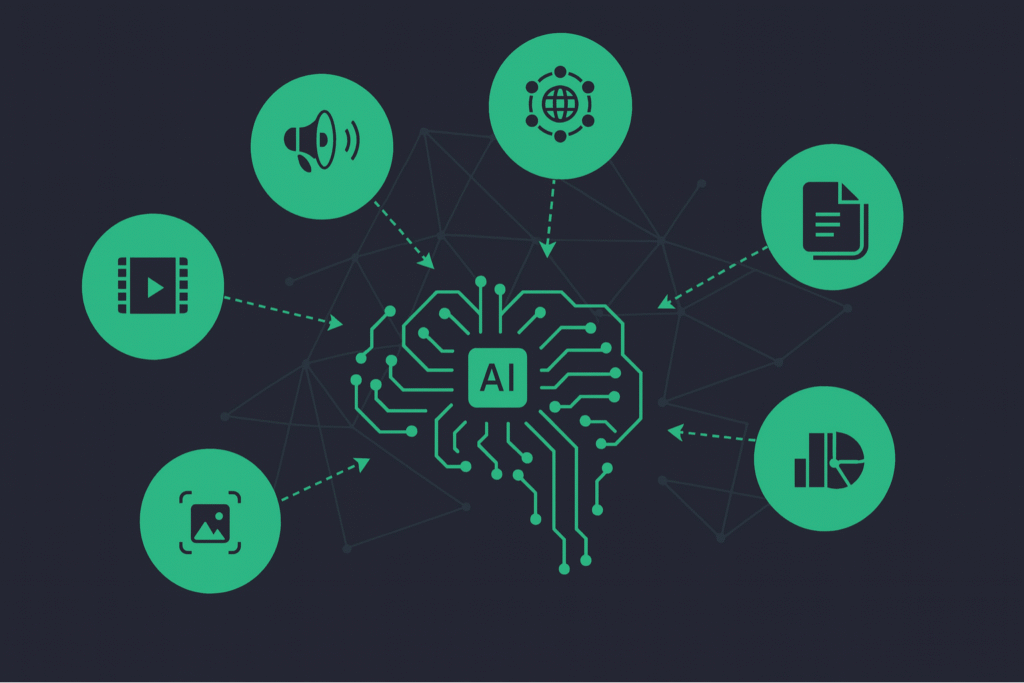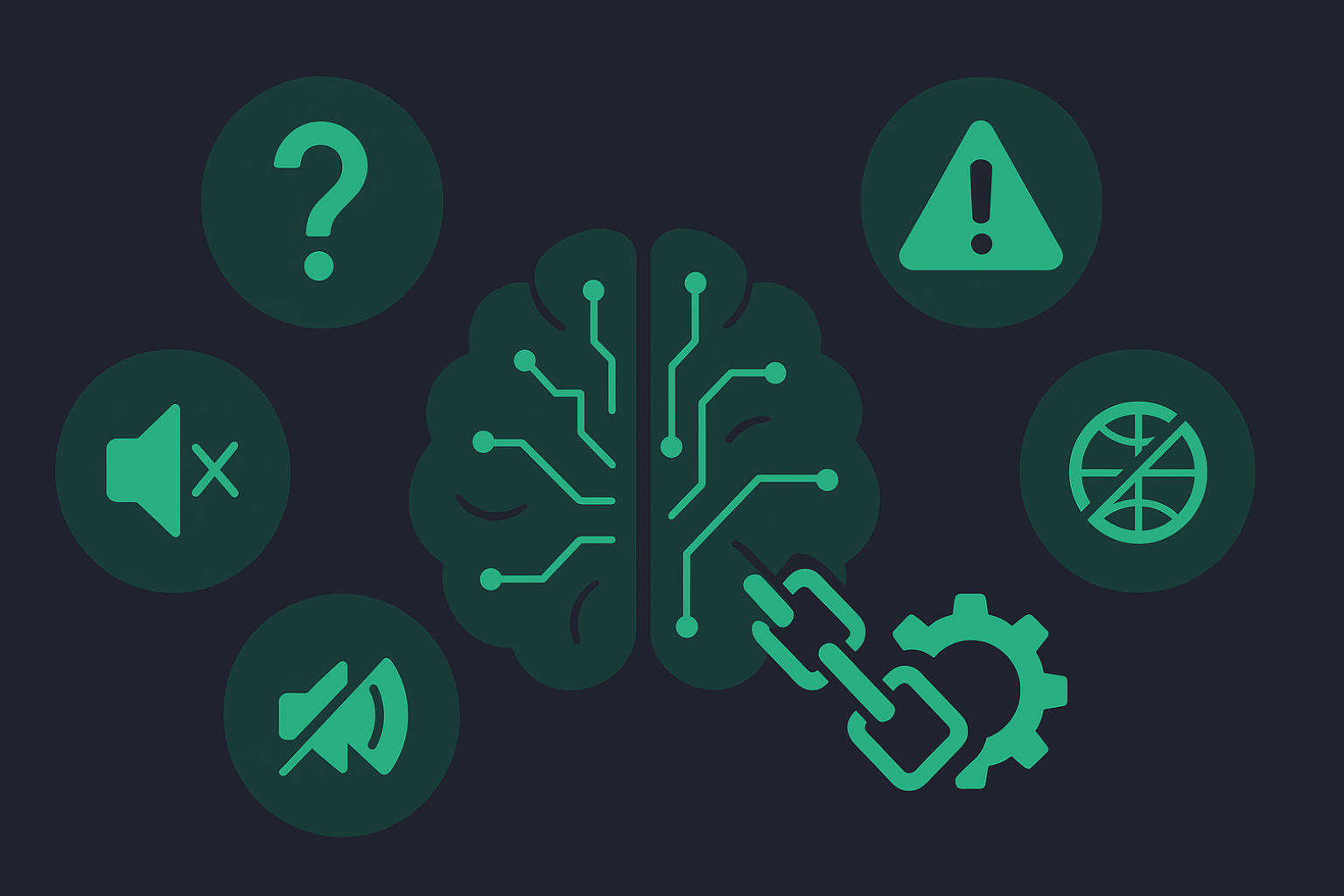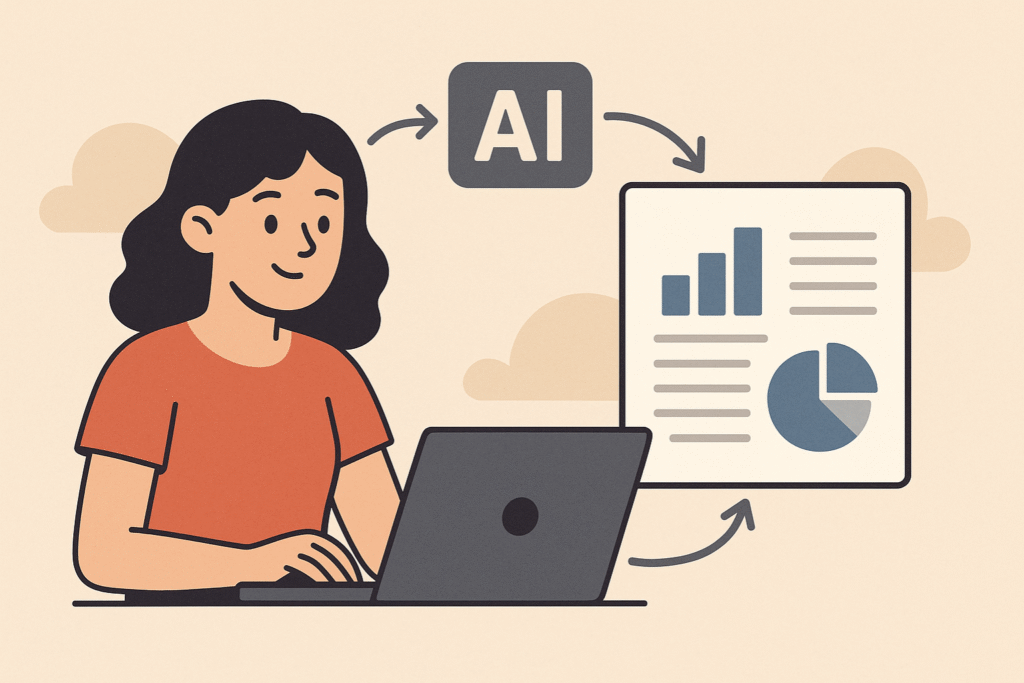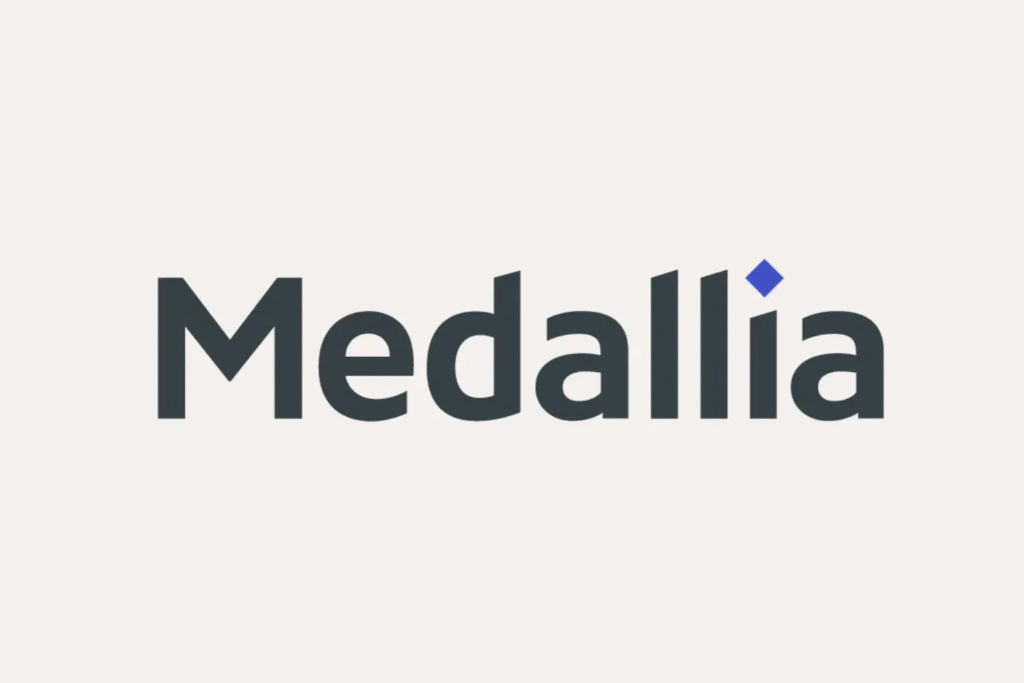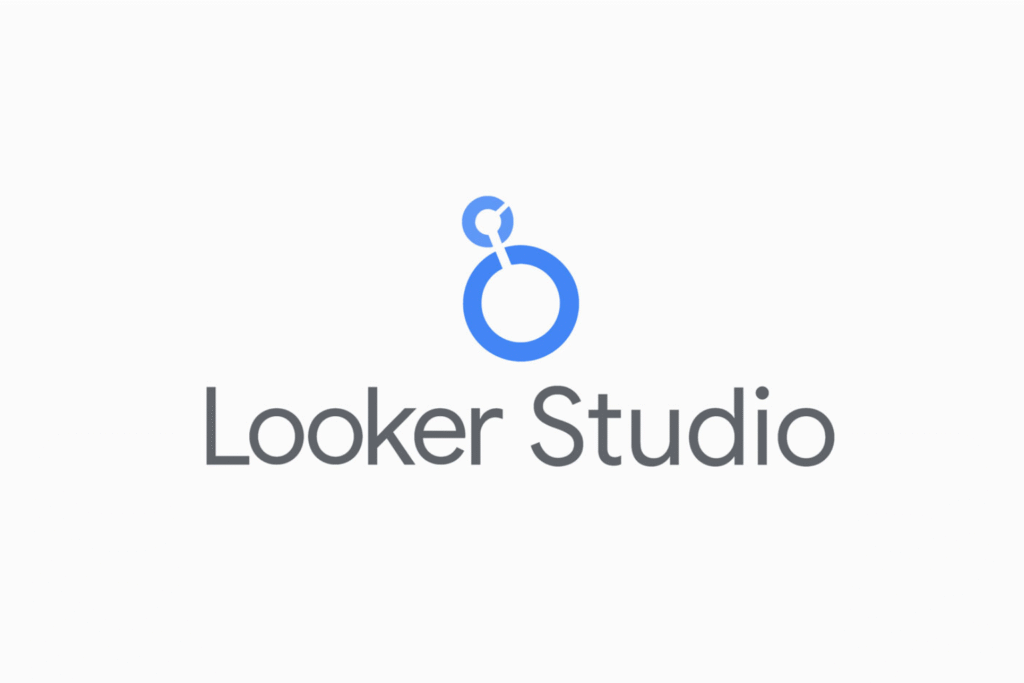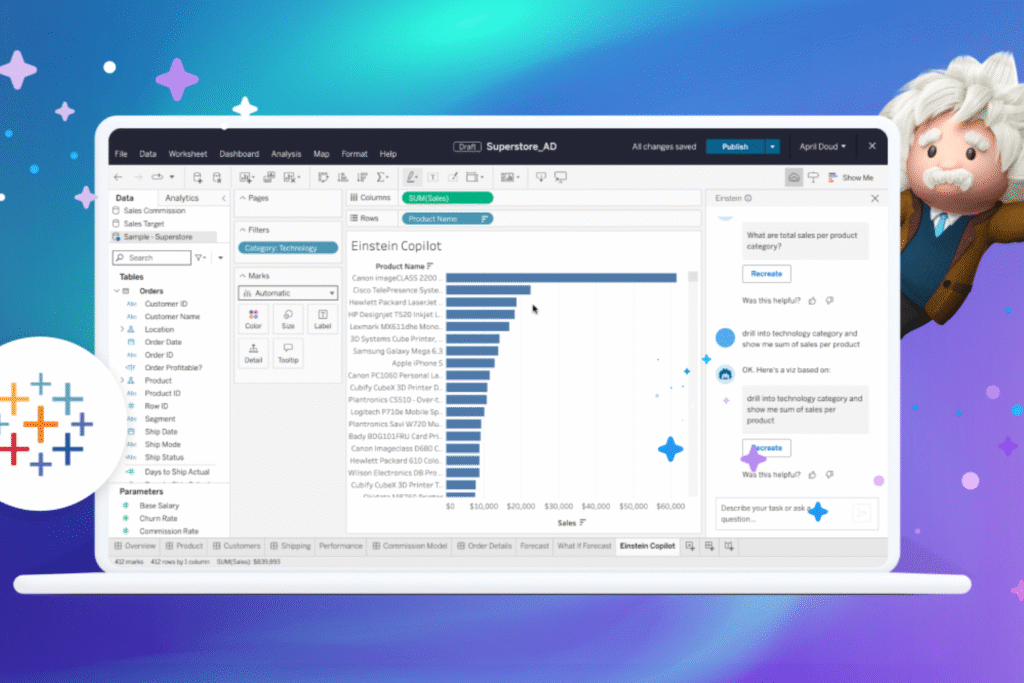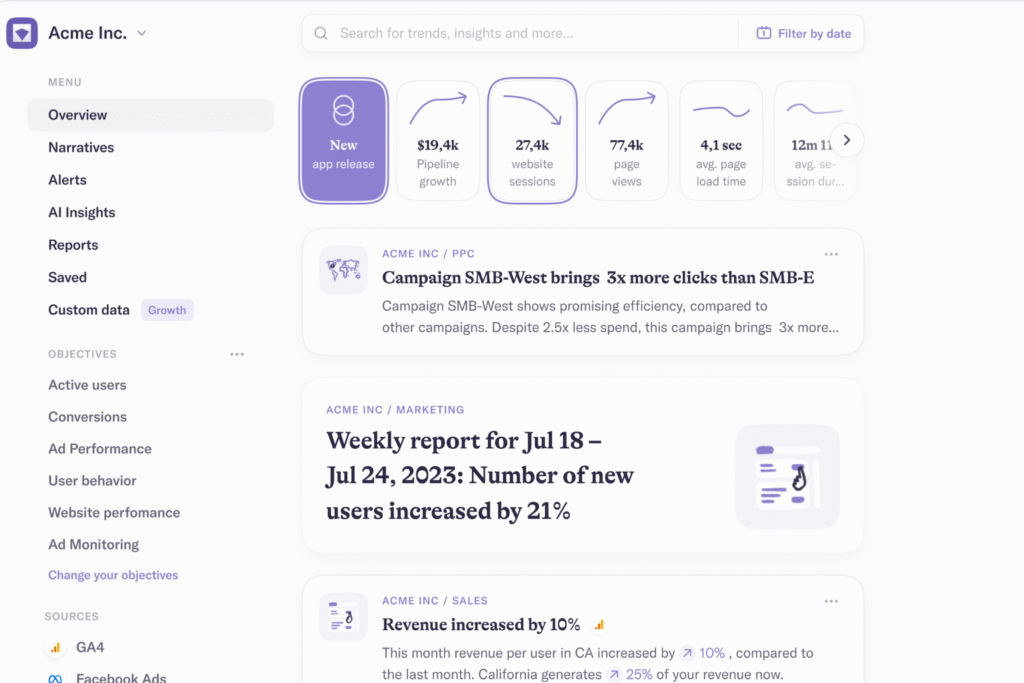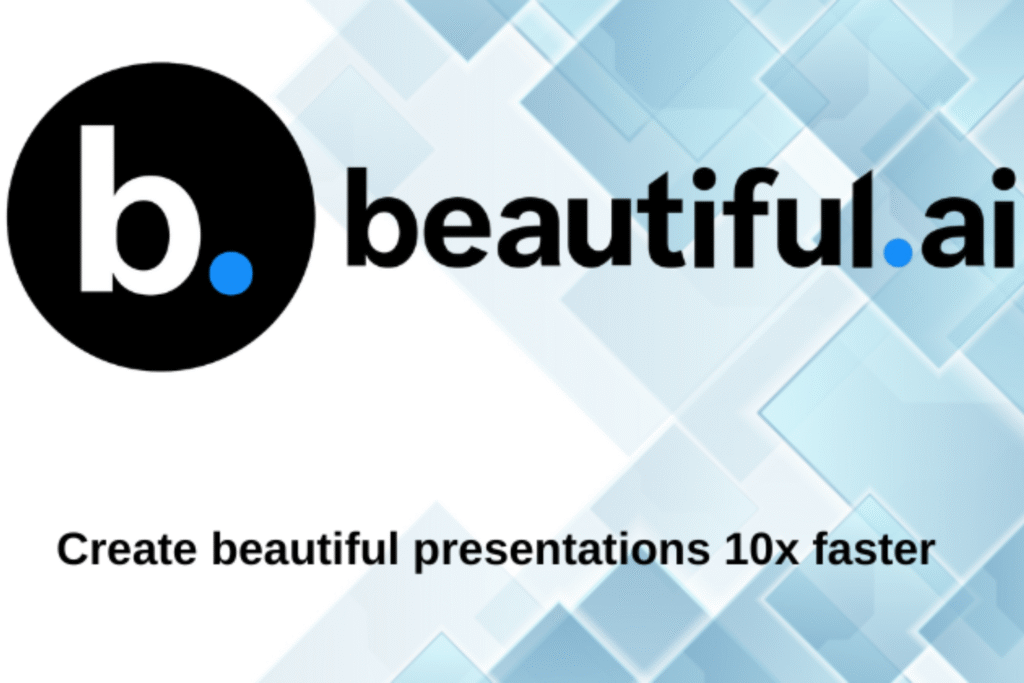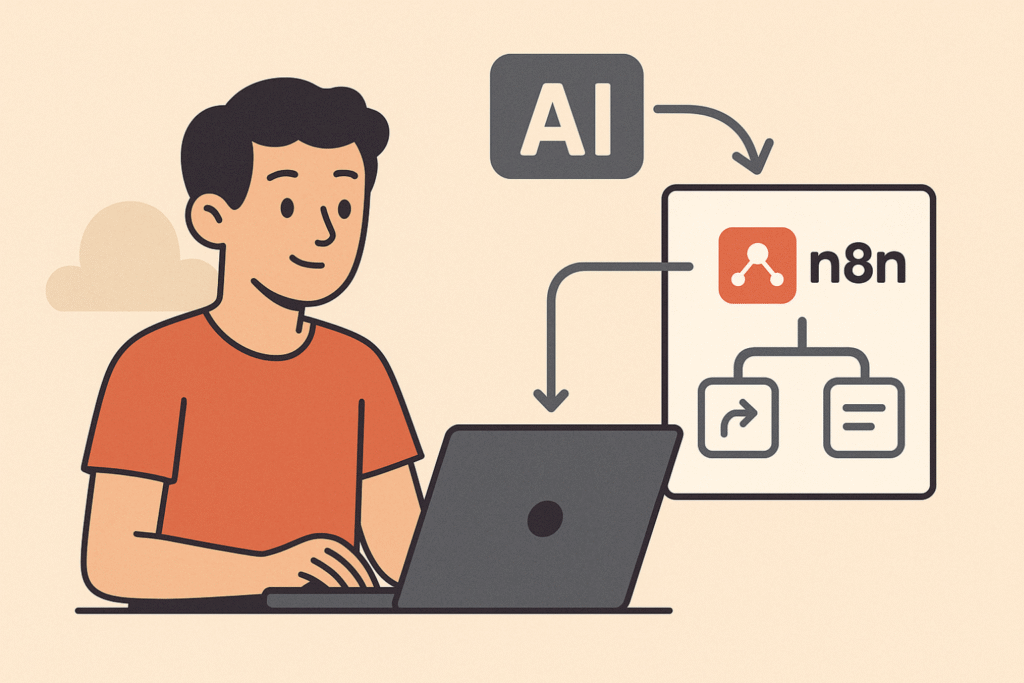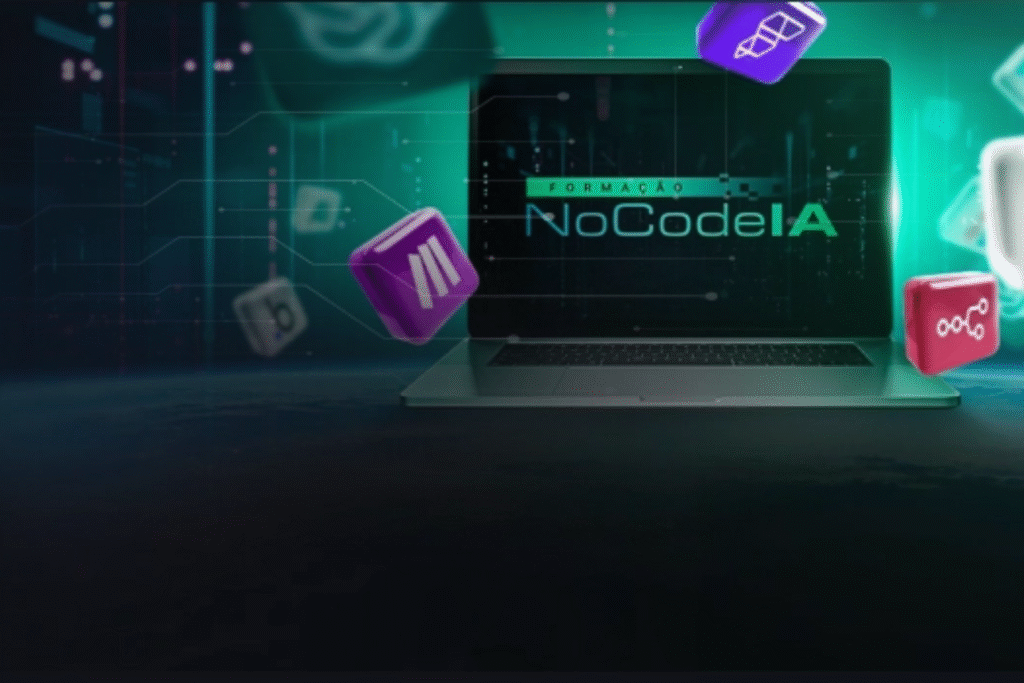In an increasingly digital world, programming has become one of the professional areas most valued by the market. Through it, it is possible to “bring to life” the technological solutions that make our daily lives so much easier.
What used to be a specialized skill restricted to a few professionals is now a affordable opportunity to all interested parties.
Destaque do mercado: o Brasil entra em 2025 com déficit de 530 mil profissionais de TI e salários que ultrapassam R$ 10 mil para programadores sênior.
Thanks to the online resources available, such as programming courses and no-code tools, it is possible to study alone.

Table of Contents
Translated into Portuguese, no-code means no code. In the area of technology, it represents the possibility of develop applications, softwares and systems through visual interfaces, without the need to use programming code.
In addition to simplifying the work, the no-code opens the doors to a market that faces a lack of qualified labor for those who want to enter the area more quickly, while maintaining the quality of deliveries.
Want to know more about how to teach yourself to program? Start your journey by reading this content!
You can learn to program yourself
Learning to program alone is completely possible and viable. To do this, it is important:
- Have an interest in the area;
- Search for information on reliable websites;
- Organize a study routine;
- Be disciplined.
It doesn't matter if you are a student who already wants to enter the technology market, a professional looking for a career transition or simply someone curious who wants to put a good idea into practice: Learning tools are at your fingertips.
Next, we will give you some guidance to get you started. future of programming!
| O que fazer | Por que importa | Ferramentas / Links úteis |
|---|---|---|
| Defina uma meta SMART (ex.: “Publicar meu MVP em 90 dias”) | Mantém foco diário e clareza de objetivo | Template Notion – Roadmap 12 semanas |
| Reserve 5 h/semana para estudo prático | O cérebro retém melhor em blocos curtos | Método Pomodoro 25/5 |
| Participe de comunidades (Fóruns) | Acelera networking e tira dúvidas | Comunidade NoCodeStartUp |
The best tips for you to learn to program alone
When someone dedicates themselves to studies on their own, it is possible increase yield and make the most of the material used by following some simple guidelines:
Make your study plan
Start by creating a study plan with clear, achievable short- and long-term goals. This will help you stay focused and measure progress..
Planning is also a way of not putting pressure on yourself or failing to commit enough to achieve good results.
Plano de estudos personalizado (90 dias)
| Horizonte | Autônomos & Freelancers | CEOs | Iniciantes |
|---|---|---|---|
| 30 dias | Concluir Curso Bubble (gratuito) | Delegar rotinas manuais e mapear automações | Finalizar curso de lógica de programação |
| 60 dias | Lançar landing page em Webflow + Make | Validar MVP em FlutterFlow | Criar micro‑app em Glide |
| 90 dias | Monetizar API com Xano | Testar piloto de n8n + IA no back‑office | Publicar projeto no GitHub Pages |
Study programming logic
Estude variáveis, loops, condicionais e funções. Use jogos como Scratch ou Code.org para aprender de forma visual.
Programming logic consists of a sequence of rules, concepts and instructions for an application or software to perform a specific task, aimed at solving problems.
Because it is considered the foundation of programming work, it is necessary to dedicate your study time to learning about the area. On the internet, you can find courses and tutorials on the subject.
To make a good choice, look for recommendations on best programming courses. There are short-term options that can make all the difference to your learning journey.
Choose a language to start studying
- Python – automação e IA (boa para todos) criada por Guido Van Rossum, é uma das linguagens mais populares e influentes na comunidade de programadores, usada em aplicações da web, desenvolvimento de softwares, entre outros.
- JavaScript – web interativa, plugins no‑code. É uma linguagem de script em alto nível que garante maior interatividade às páginas da internet.
- Dart (Flutter) – apps iOS e Android nativos
Study a framework of this language
Após a escolha da linguagem, é necessário estudar o seu framework. O termo pode ser traduzido como estrutura e, na prática, trata-se de um grupo de códigos prontos que operam funcionalidades específicas.
- Python → FastAPI (crie back-end escalável em minutos)
- JavaScript → Next.js (SSR rápido, ótimo para SaaS)
- Dart → Flutter (UI nativa nas duas lojas com um só código)
Ferramentas no‑code estratégicas
- Bubble – MVP web drag‑and‑drop
- FlutterFlow – app mobile nativo
- Retool / WebWeb – dashboards internos
- make up / n8n – automações sem servidor
- Xano – back‑end escalável
Inglês técnico
Ler documentações em inglês garante acesso antecipado a novos recursos e facilita a participação em comunidades globais.
- Leitura técnica: documentações oficiais saem meses antes em inglês.
- Comunidade global: Stack Overflow, Reddit, Discord.
- Clientes internacionais

Photo: Freepik
Use no-code tools

no-code tools are options for creating applications and softwares through visual programming. Among the alternatives are:
- Bubble 2 milhões de usuários;
- FlutterFlow ~398 k buscas/mês (tendência + 23 %);
- webflow 3,5 milhões de usuários;
- wordpress 43,4 % de todos os sites da internet;
- Bildr;
- Soft;
- AppGyver;
- glide;
- Xano;
- air table 450 mil organizações;
- Zapier 3 milhões de usuários (100 mil pagantes);
- make up
The use of no-code tools ensures autonomy and greater agility for the programmer's work.
Advantages of learning to program alone
Now that you know that it is possible to learn to program on your own, you may be wondering: but is it worth it?
The answer is: absolutely! Below, we present the main advantages of starting now:
Market is up there
The technology sector is experiencing a period of expansion, but finding qualified labor has been challenging. Because of this, the job market is booming with a high demand for programmers.
You can work in different sectors
It’s not just the technology sector that employs programmers. Different organizations, public and private, need professionals to create softwares and apps, web and mobile development, data analysis, among other activities.
You can be self-employed
For those looking for an alternative to working independently, programming also offers the possibility. It is possible to work as a consultant or service provider, which provides greater flexibility in terms of schedules.
Not to mention the possibility of testing ideas by building your own MVP – MíViable Product.

Photo: Freepik
Tips for being a successful programmer
| Hábito | Como aplicar hoje | Dicas Extras |
|---|---|---|
| Aprendizado contínuo | Dedique 30 min/dia à leitura de docs | CEO: delegue, mas entenda o básico para tomar decisões |
| Networking | Participe de lives e hackathons | Freelancer: oferta de serviço nasce do bate-papo |
| Resolver problemas | Use método “Divide & Conquer” | Iniciante: quebre tarefas em micro-passos |
Be a problem solver
The essence of programming is solving problems. Therefore, a successful programmer must be able to analyze complex situations, detail problems and create innovative and efficient solutions.
Start programming on your own now
Don't waste any more time to start your study journey! You can start now with No-code Startup!
As FlutterFlow course, you learn how to create apps for iOS and Android without the need to use code. No prior knowledge is required and classes are free.
But if your interest is learning how to develop softwares and web applications, the bubble course is the most recommended. Free, it also offers the necessary teaching methods for those who are starting their studies in the programming area.
Additional Content:

